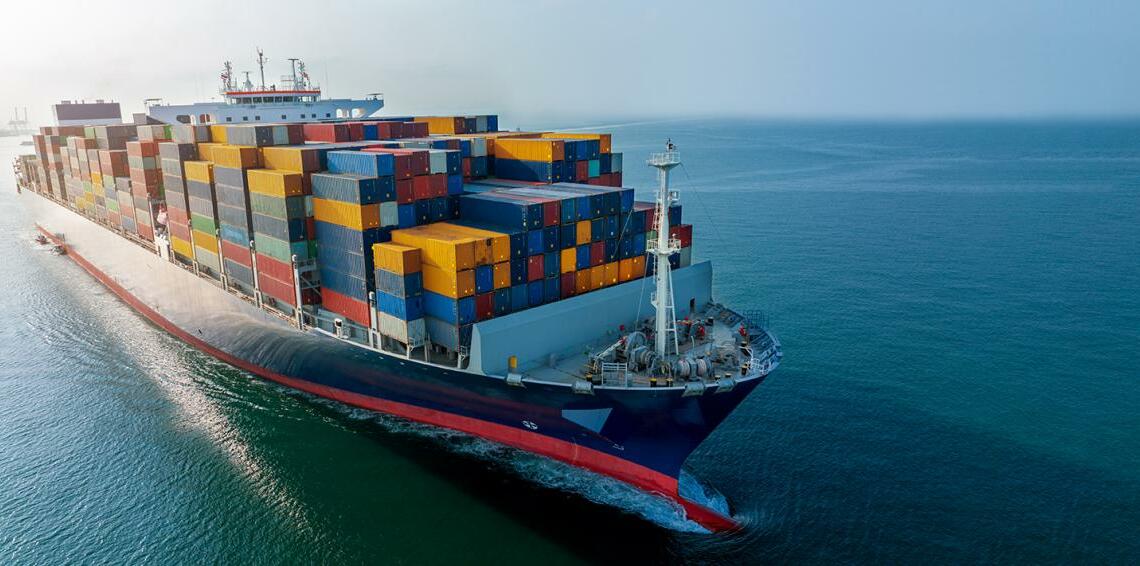The value of Thai exports in July 2022 was at USD 23,629.3 million, increasing by 4.3%YOY (compared to the same period in the prior year). Such a performance drastically slowed from the 11.9% expansion in June.
Value of Thai merchandise export growth in July stalled to a 17 months low.
Despite such growth marking a 17 consecutive months increase, the expansion weakened to a 17 months low. Excluding gold, exports during the month also expanded by 4.7%, slowing considerably from the previous month at 11.5% growth. In terms of the seasonally adjusted month-on-month growth, exports contracted by -7.8%MOM_sa from June. Excluding gold, exports tumbled by -11.9%MOM_sa. During the first 7 months of 2022, Thai exports enjoyed an 11.5% increase. Excluding gold, exports grew by 9.7%.
Exports of agro-industrial and mineral and fuel products continued to drive growth. However, exports of agricultural products reverted to a slight contraction.
Analysis of key merchandise export data revealed that (1) Exports of agricultural products that used to see robust growth saw a slight contraction for the first time in 5 months at -0.3%, falling from the 21.7% surge in the prior month. The key products supporting growth during the month included chicken, rice, and rubber. Meanwhile, exports of fruits (especially fresh fruits to China) weakened considerably, (2) Nevertheless, exports of agro-industrial products soared by 38.1%, accelerating from 28.3% in the prior month. The key products driving growth during the month included sugar, animal or vegetable fats and oil, animal feed, and canned and processed seafood, (3) Exports of industrial products stabilized at 0.1%, dropping from 6.7% in the previous month. Excluding industrial products that did not reflect actual export conditions, such as gold, weaponry, and aircraft, exports of industrial products dropped by -0.6%. The key products supporting growth during the month included aircraft, air conditioner and parts, precious stones and jewelry excluding gold, and transformers and components. Meanwhile, exports of computer and parts, plastic beads, gold, motor cars, equipment and parts plummeted, reflecting the impact of the existing chip shortage conditions, and (4) Exports of mineral and fuel products continued to surge by 47.2% after dropping from 73.7% in the prior month. Such a condition was anticipated by EIC in the Flash Exports – June edition that exports of Thai fuel may slow according to global crude oil prices and lower refining costs following concerns that various key economies could enter a recession.
Exports to various destinations signaled clearer slowdowns, especially China, Hong Kong, and Japan.
Exports to various destinations signaled clearer slowdowns, in which (1) Exports to China during the month contracted by -20.6%, significantly weaker than -2.7% in the previous month. Such a condition was in line with China’s import figure in July, which grew by only 2.3%, a rate lower than market estimates at 4% (Reuters Consensus). In terms of seasonally adjusted month-on-month growth, the figure also dropped by -1.9% MOM_sa compared to the prior month. Furthermore, the value of China’s imports from Thailand fell by -8.6% (or -12.3%MOM_sa). The key products that undermined exports to China during the month were chemicals, fruits (especially fresh fruits), motor cars, equipment and parts, cassava products, plastic beads, iron, steel, and products, (2) Exports to Japan and Hong Kong fell by -4.7% and -31.3%, respectively, (3) Exports to the US continued to signal slowdowns due to the slowing and uncertain economic conditions, (4) Exports to EU28 continued to grow by 9.3%, despite facing severe economic pressures, and (5) Exports to Russia and Ukraine continued to plummet by -42.6% and -87.5%, respectively. However, such contractions did not have a significant impact on the Thai economy as the markets contributed to only a small share of Thai exports. Meanwhile, exports to CLMV and ASEAN5 continued to improve following gradual economic recovery.



